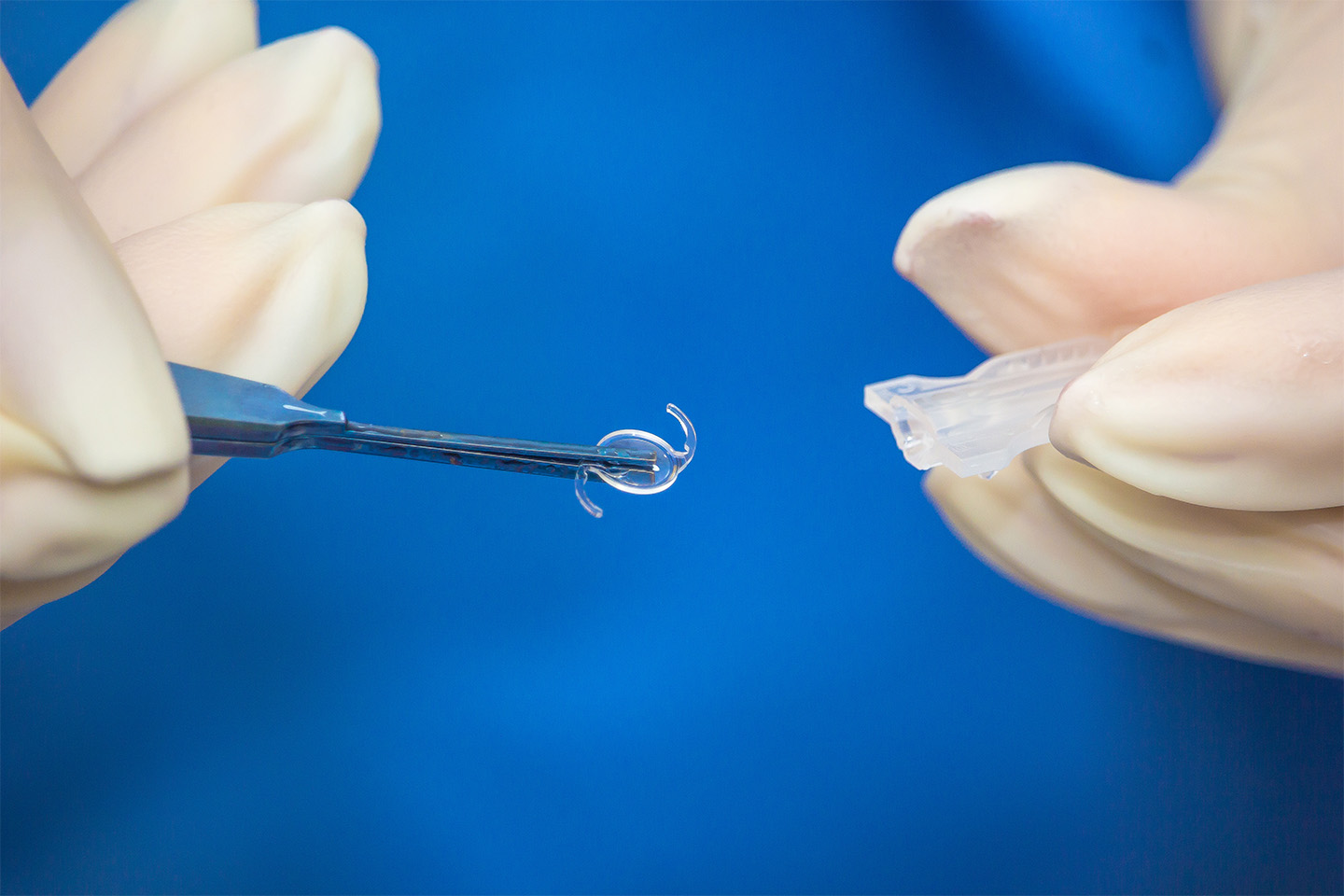Early Warning Signs of Diabetic Retinopathy

Do you have diabetes? If so, you are at a higher risk for diabetic retinopathy and related conditions. It is very important to get an early diagnosis of this condition to prevent complications and the development of other eye conditions, such as the following:
- Retinal and/or vitreous hemorrhage
- Retinal detachment
- Neovascularization (new blood vessel growth)
- Earlier development of Cataracts
- Increased risk of Glaucoma
Although there are few symptoms for the early stages of diabetic retinopathy, eye doctors in the greater Phoenix area can typically catch it with a comprehensive exam. At Swagel Wootton Eye Institute, our eye doctors specialize in cataract and LASIK surgery in Mesa and Chandler. Learn more about the symptoms of early diabetic retinopathy.
What Is Diabetic Retinopathy?
Diabetic retinopathy is the main cause of blindness for adults over 20 years of age. Caused by complications related to diabetes, the disease occurs in stages. Those with diabetes have trouble metabolizing blood sugar. If you have diabetes, either your body doesn’t make enough insulin, or you cannot metabolize it properly. Frequently, this can lead to issues in various parts of the body. For your eyes, this means that you are more likely to suffer damage to the blood vessels in your retina, located at the back of your eyes. The related damage is called diabetic retinopathy.
What Are the Early Signs of Diabetic Retinopathy?
Unfortunately, most people have no symptoms in the early stages of diabetic retinopathy. As the disease progresses, you may have difficulty reading. The early stage, also called non-proliferative diabetic retinopathy, involved the leakage of blood vessels, which leads to fluid buildup within the retina. At this point, it’s crucial to visit eye doctors in the greater Phoenix area to monitor your condition and the progression of the disease.
Why Early Monitoring Is Essential
Our eye doctors in Mesa and Chandler can examine your eyes for symptoms that the disease has progressed. When this happens, the retina tries to correct the damage by stimulating the growth of new, healthy blood vessels. However, new vessels that grow are typically fragile and bleed, leak or break, with sometimes catastrophic results.
Your eye doctor will prioritize vision preservation and may provide visual aids and other treatment to slow the disease. Diabetic macular edema describes the process of blood leaking into your eye’s vitreous cavity. The condition can lead to permanent optic nerve damage. At some point, your doctor may recommend surgery to repair or remove the damaged blood vessels.
Forms of Diabetic Damage
Advanced stages of diabetic retinopathy witness the increase in damaged blood vessels. You may even experience hemorrhaging. When hemorrhaging occurs, you will experience spotty vision and blurriness. In more severe cases, the retina had become detached, causing blindness.
A vitrectomy is designed to clear blood and scar tissue from the impacted eye. If necessary, a retina specialist will reattach the retina and then attempt to restore vision.
Make an Appointment at Swagel Wootton Eye Institute
Come to Swagel Wootton Eye Institute for early detection of diabetic retinopathy. With the appropriate lifestyle changes and vision care, you can slow the development of the disease, preventing macular edema, and more serious vision loss.









